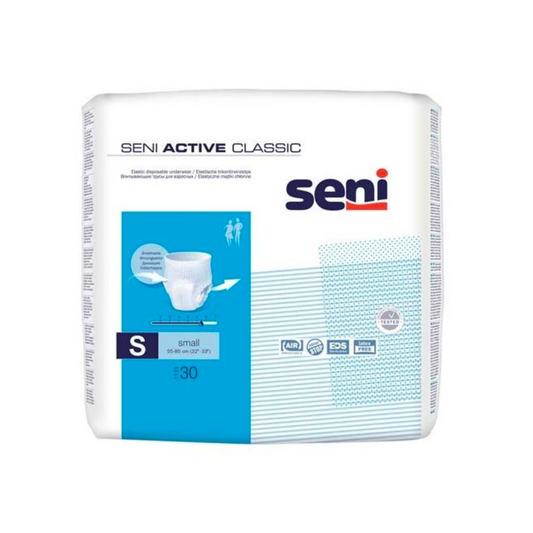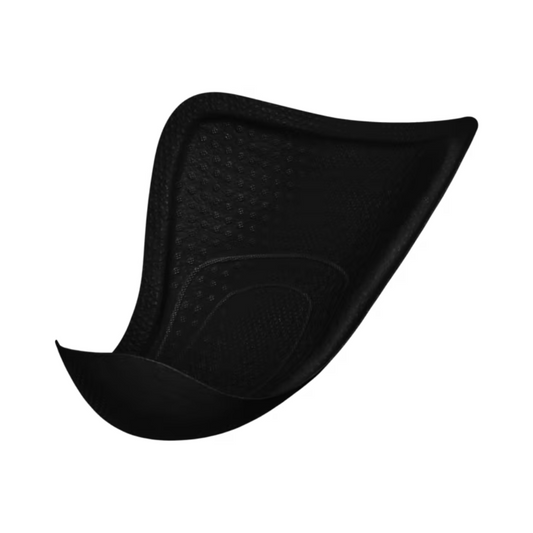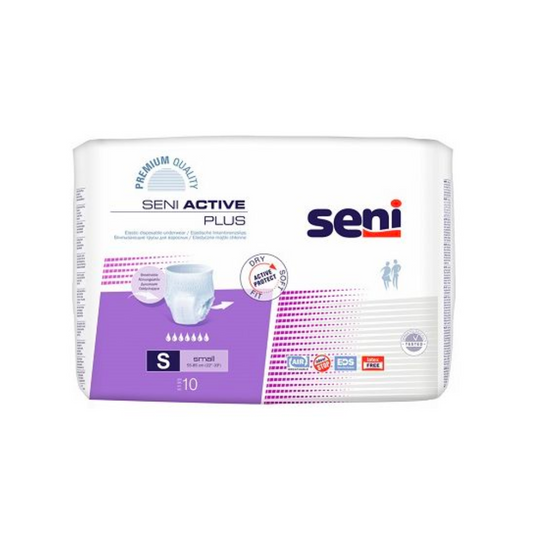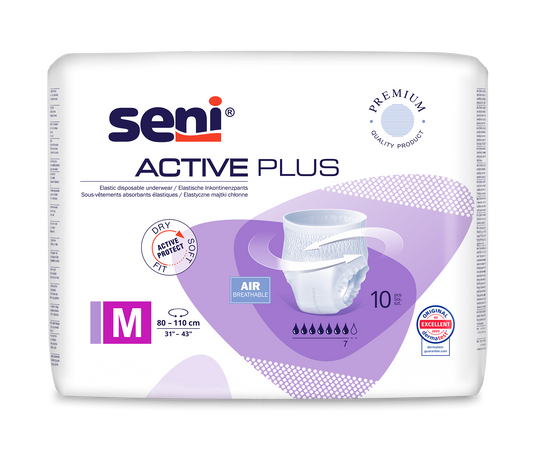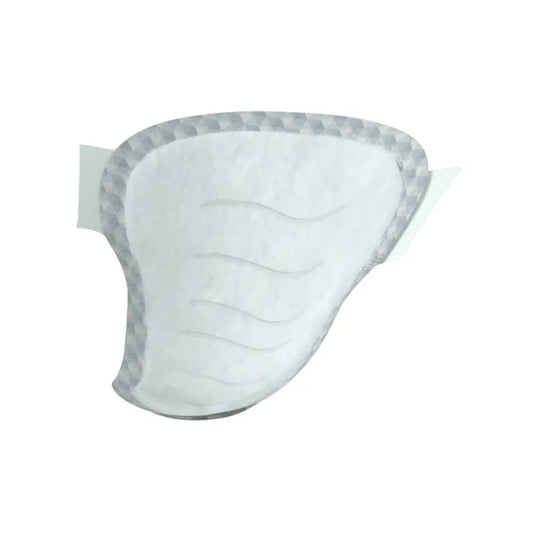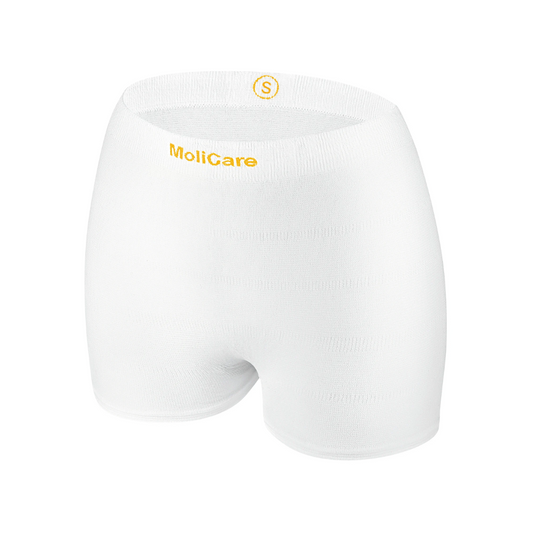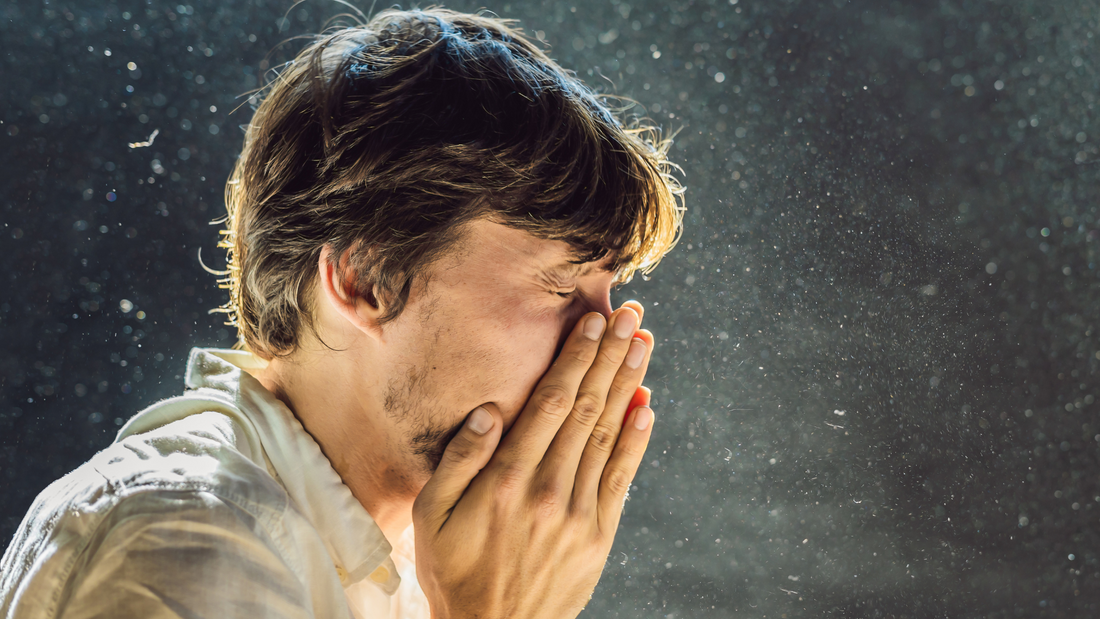
House dust allergy: How to fight your allergy!
An invisible enemy lurks in your home and could be the cause of your discomfort: the house dust allergy. Scientists from Wiesbaden have found that an estimated seven percent of the population in Germany suffers from a year-round allergy to house dust mites. These allergic reactions are often traced back to the tiny mites present in every household, which mainly live in mattresses, pillows, and carpets. The symptoms of these allergies can be extremely distressing, ranging from breathing difficulties and itching to skin rashes. In this blog post, you will learn what measures can help you effectively treat the allergy and improve your quality of life. Discover useful tips and valuable information to make your home allergy-free.

This topic is of great importance because it affects a significant part of the population and can severely limit the quality of life of those affected. Given the increasing number of allergy cases, it is important to be vigilant and take appropriate measures to alleviate the symptoms.
Symptoms of a house dust allergy
- Cold-like: In the form of sudden sneezing, which can be unpleasant and disruptive, especially in social or professional situations. Another common symptom is a stuffy nose, which significantly hinders breathing.
- Respiratory complaints such as coughing and shortness of breath: These symptoms can be particularly distressing for people who already suffer from existing respiratory diseases.
- Asthma attacks: The occurrence of asthma attacks increases as the airways become irritated and there is increased sensitivity to environmental factors.
-
Itching of the eyes and skin: Itchy eyes and skin can be a common symptom of a house dust allergy. House dust can trigger allergic reactions in sensitive individuals. These allergens reach the skin and eyes and cause irritation and severe itching.
-
Impairment of the immune system: Fatigue and exhaustion can occur as accompanying symptoms of a house dust allergy because constant contact with allergens burdens the immune system and can thus impair sleep quality.

The intensity of the symptoms can vary from person to person, meaning that some days can be easier than others. This often requires a flexible approach to treatment and care during the attack days.
The Vicious Cycle of House Dust Allergy
A house dust allergy is a common allergic reaction triggered by contact with house dust mites and their excretions.

The vicious cycle of house dust allergy shows how this condition is maintained by various environmental factors.
A person loses between 1 and 2 grams of skin flakes daily – most of them in places where they frequently stay. This amount is sufficient to feed 1.5 million house dust mites daily. For this reason, mattresses and upholstered furniture, where body contact is particularly strong, as well as carpets, host a large number of these mites. The ideal living conditions for these creatures are created at a room temperature of at least 25 °C and a humidity of 65 to 80%. When the heating season begins in late autumn and humidity drops, a large portion of the mites die. This leads to the accumulated excrements and the additionally released allergens from inside the creatures reaching a peak level of complaints among allergy sufferers.
Cleaning Agents in the Fight Against House Dust: A Step-by-Step Guide
Step-by-step guide to removing dust and dirt:
- Prepare Materials: You will need two microfiber cloths and a surface cleaner.
- Remove Coarse Dirt: Use the first microfiber cloth to wipe off the coarse dirt and dust from the surface. Work in even, straight movements to ensure effective cleaning.
- Apply Surface Cleaner: Spray an appropriate amount of the surface cleaner onto the second microfiber cloth. Make sure the cloth is slightly damp but not soaked.
- Conduct Thorough Cleaning: Carefully wipe the surface with the second microfiber cloth. The cleaner helps to remove stubborn dirt and microorganisms, keeping the surface hygienically clean.
By following these steps, you ensure that your surfaces are free from dust and dirt and optimally cleaned.
The choice of the right cleaning agents is crucial for a house dust allergy. Use products specifically developed for the professional elimination of pathogens that contain hypoallergenic ingredients and disinfectants. When using more aggressive cleaning agents, it is especially recommended for people with sensitive skin to wear gloves to prevent allergic reactions. This actively improves your well-being and minimizes the burden of house dust.
Prevention: How to Keep the Burden Low
- Special Covers: To significantly improve the quality of life for allergy sufferers, it is recommended to use pillow covers made from allergen-proof materials. These special covers provide an effective barrier against allergens that are commonly found in our sleeping areas. Using such pillow covers enhances comfort during sleep, as the risk of allergy symptoms is significantly reduced.
- Use of an Air Purifier: Another essential step towards allergy neutralization is the integration of an air purifier. These devices are capable of filtering even the smallest particles from the air, thereby minimizing allergens such as pollen, pet hair, and mold spores. Regularly breathing clean and fresh air helps to enhance well-being at home and reduce allergic reactions.
- Regular Vacuuming: To continue supporting a healthy indoor climate, regular use of a vacuum cleaner equipped with a HEPA filter is recommended. These vacuum cleaners can effectively remove dust and allergens from carpets and other surfaces, significantly contributing to maintaining a hygienic environment.
- Regular Dusting: Dusting with damp cloths and preferably a surface cleaner is an additional, straightforward measure to control dust particles. By binding dust with damp cloths, it is prevented from re-entering the air and potentially triggering allergies.
- Regular Washing: Lastly, regularly washing bed linens and curtains is essential to further minimize the accumulation of allergens. Frequently used textiles should be cleaned at least once a week to prevent allergens from settling there.

All these targeted measures contribute significantly to improving the indoor climate and reducing house dust. Such a conscious approach to allergens not only promotes health but also sustainably enhances the quality of life.
Additional Tips for Reducing House Dust Allergens
- Abandon carpets: Carpets are an ideal breeding ground for dust mites and accumulate dust as well as allergens. Wherever possible, you should replace carpets with durable flooring such as tiles or parquet.
- Use of humidifiers: Air that is too dry can irritate the airways and worsen allergy symptoms. The use of a humidifier can help improve the indoor climate and reduce exposure to allergens.
Conclusion: Effectively tackle dust mite allergies with the right cleaning products!
Choosing the right cleaning products plays a central role in the fight against dust mite allergies. Cleaning products specifically designed to combat dust mites can significantly help alleviate symptoms. When cleaning, you should pay attention to products with allergy-friendly ingredients to minimize the burden on the airways. Disinfectants and special vacuum cleaners with HEPA filters help effectively remove allergenic particles. Regular cleaning is essential, as dust mites nest in carpets, bedding, and upholstered furniture. A targeted use of these cleaning products can not only reduce symptoms such as runny nose, itching, or fatigue but also lower the risk of asthma-like symptoms.
Discover more interesting blog posts that offer you valuable advice for your everyday life and health at Altruan.
